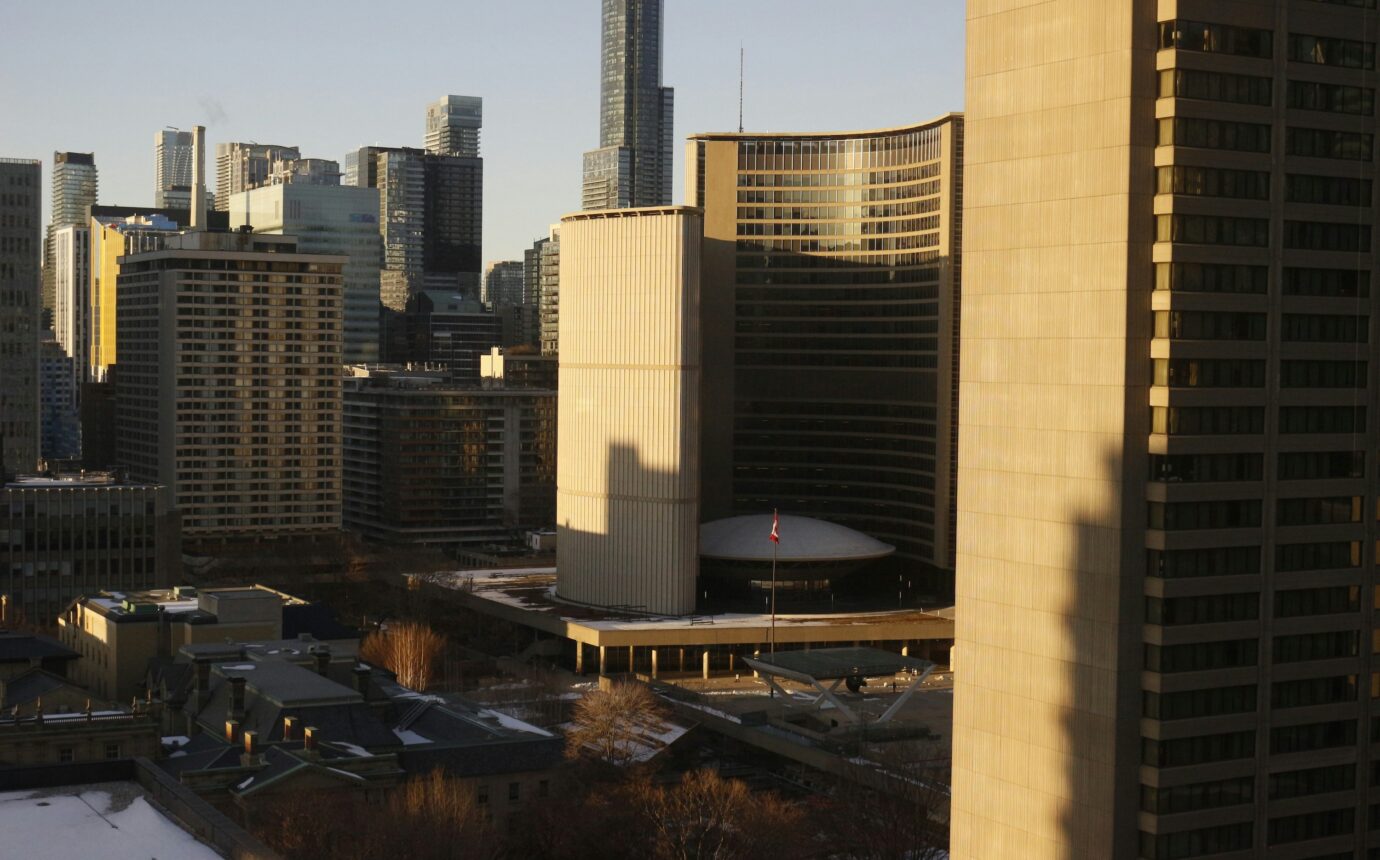Toronto Fumbled on Sixplexes—Now It Could Lose $30 Million


The federal government may withhold housing funds after the City watered down a promise to legalize sixplexes. That’s harsh. But a deal’s a deal.
In 2023, when Justin Trudeau was still prime minister, the federal government pledged to give Toronto $471 million under its Housing Accelerator Fund. The money was supposed to arrive in annual instalments over five years. But last fall, Mayor Olivia Chow approached the feds with a counterproposal: Why not hand over the full amount in one lump-sum payment? “We’re doing the building,” she told me. “We’ve got land. We’ve got developers. Why wait?” Ottawa insisted on waiting.
Fast forward to the present, and the feds are now threatening to withhold $30 million of the City’s 2025 allotment. The reason: Council’s watered-down decision on sixplexes. Recently, the City Planning department moved to relax restrictions on sixplexes across the city. Sixplexes can already be built without special permits on larger roads, like thoroughfares and avenues, but the department wants them to be built just as easily on residential streets. In theory, Council could’ve just signed off on the Planning Department’s recommendation. But last June, they copped out, legalizing sixplexes only in 9 of the City’s 25 wards.
Federal housing minister Gregor Robertson is clearly annoyed, and he’s indicated that he might withhold the promised $30 million as a penalty for inertia. In short order, the feds have gone from pledging a big payout, to insisting on slow-walking that payout despite the mayor’s objections, to potentially cancelling some of the payout entirely.
And you know what? I get it. The Housing Accelerator Fund isn’t a no-strings-attached gift. It’s an agreement, in which both parties—the City and the feds—are expected to do their bit. Legalizing sixplexes was one of Toronto’s commitments. True, we could use an extra $30 million, which would buy a whole lot of affordable homes. And withholding the money is a brutal penalty. But a deal’s a deal. And Canada will never solve its housing crisis unless the feds are willing to throw their weight around.
Cities can’t be trusted to manage housing on their own
Two summers ago, in The Atlantic, the journalist Jerusalem Demsas wrote about a bizarre controversy involving the Park Hill Golf Course, an abandoned fairway in Denver, Colorado. Folks are moving to Denver in droves, and housing demand is soaring, even as construction lags. Predictably, homes have become unaffordable. In the 2022 Colorado state election, Jared Polis, the pro-density, pro-affordability incumbent governor, got more than 80 percent of the Denver vote: clearly, Denverites understand that their city needs a big infusion of housing.
So are they willing to permit construction on the abandoned Park Hill Course? When residents voted on a 2023 municipal proposal to develop the fairway, the motion failed decisively. Denverites, it seems, are both pro- and anti-density. Or rather, they’re pro-density in the abstract but anti-density when a specific project is on the table.
Which is to say, they’re NIMBYs, just like the rest of us. And so Polis, the governor, is taking matters into his own hands, with a proposed bill that will force cities to densify, whether they like it or not. Polis’s move is a power grab, but a democratic one—he was re-elected fair and square—and a necessary one too. Because of the hyper-local nature of municipal politics, city councils are vulnerable to NIMBY pressures in a way that other lawmakers are not. (His aggressive statewide housing agenda has since passed in various forms, including zoning reforms and affordability measures, though local resistance remains fierce.)This vulnerability prevents them from doing things that basically everybody agrees they should do. “Local governments, in seeking to satisfy local concerns, undermine statewide goals,” writes Demsas. “At least, they do in the absence of state intervention.”
Affordability is a national crisis
You can see the Housing Accelerator Fund as Trudeau’s and now Mark Carney’s version of Polis’s bill. It’s designed to impose national priorities at the municipal level. In return for cash, city governments must negotiate and commit to a set of concrete steps intended to increase density. The fund is a system of rewards and penalties. The carrot is money. The stick is the embarrassment and political costs that counsellors will endure if the money gets withheld. But a threat is only effective if the person making it means what they say.
Toronto counsellor Gord Perks, a pro-density voice at City Hall, has complicated feelings about the sixplex debacle. He introduced the tepid 9-out-of-25 version of the bill, but only after realizing that his preferred remedy—legalizing sixplexes citywide—didn’t have a chance of passing. Too many counsellors wanted exemptions for their wards.
Perks believes that the $30 million penalty is more hurtful than helpful. If you’re going to dump on the City for its copout on sixplexes, he argues, you should at least weigh that failure against the many successes of the past several years. Recently, the City has built affordable homes, expedited the permitting process for large developments, abolished zoning restrictions on laneway and garden suites, and invested in rapid modular housing. “Toronto has upwards of 850,000 units in its pipeline,” says Perks. Compared to that achievement, legalizing sixplexes citywide would offer a mere drop in the bucket: at best, developers might build a few thousand units over the next five years.
Given the smallness of that number, Perks doubts that a citywide easement on sixplexes would put significant downward pressure on housing prices. “The real benefit of sixplexes, along with garden suites, rooming houses, and midrise buildings,” he says, “is that they meet different needs in different stages of life. I’m a grandfather, and I’ll soon be an empty nester with too much room. Having a variety of housing forms enables people to stay in their neighbourhoods throughout their lives.”
I’d add that sixplexes bring architectural vitality to the streetscape. They’re wonderfully versatile. Some are like mini apartment towers. Others are stacked rowhouses. Others still resemble stately mansions, with separate units carved, jigsaw like, from a schematic shell. The best of them offer elegant solutions to what’s surely the biggest challenge of urban design today: getting as many quality homes as possible onto a limited footprint. In a housing crisis, even a modest infusion of density is a welcome development. Every little bit helps.
As for that potential $30 million penalty? I take Perks’s point: it’s excessive. But it’s also, in its way, refreshing. Only the federal government, with its vast resources and comfortable distance from parochial NIMBY concerns, can compel cities to take the steps they must take. Enforcing the penalty would hurt Toronto. Just as critically, it would send a message to municipal governments everywhere: Enough already. Stop caving to NIMBYs. Do the things you said you’d do. Do all of them. Do them now.




















